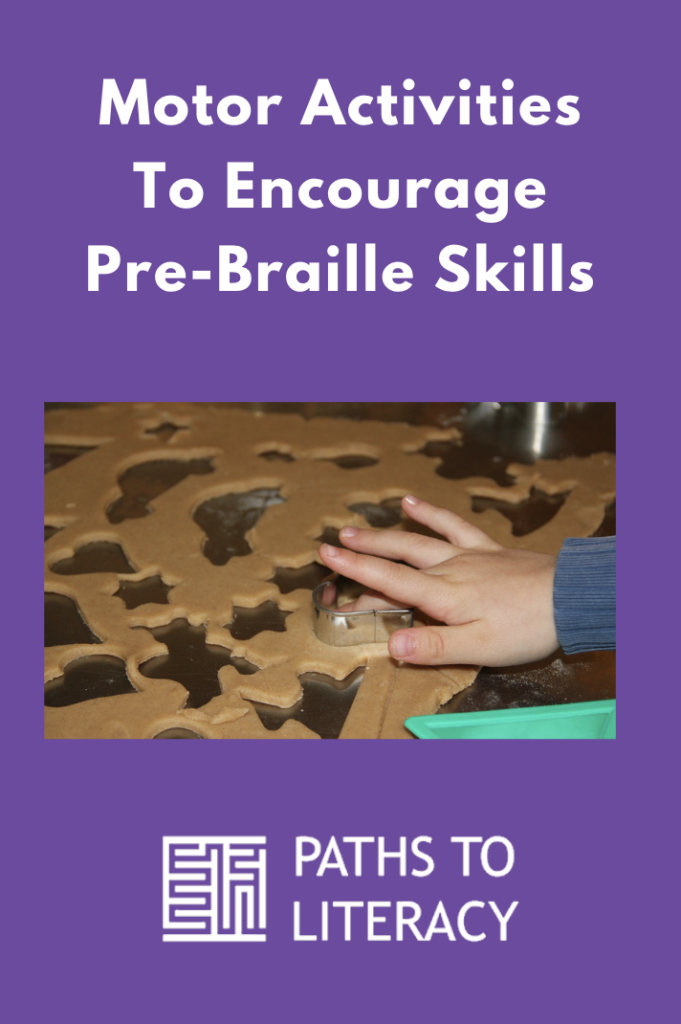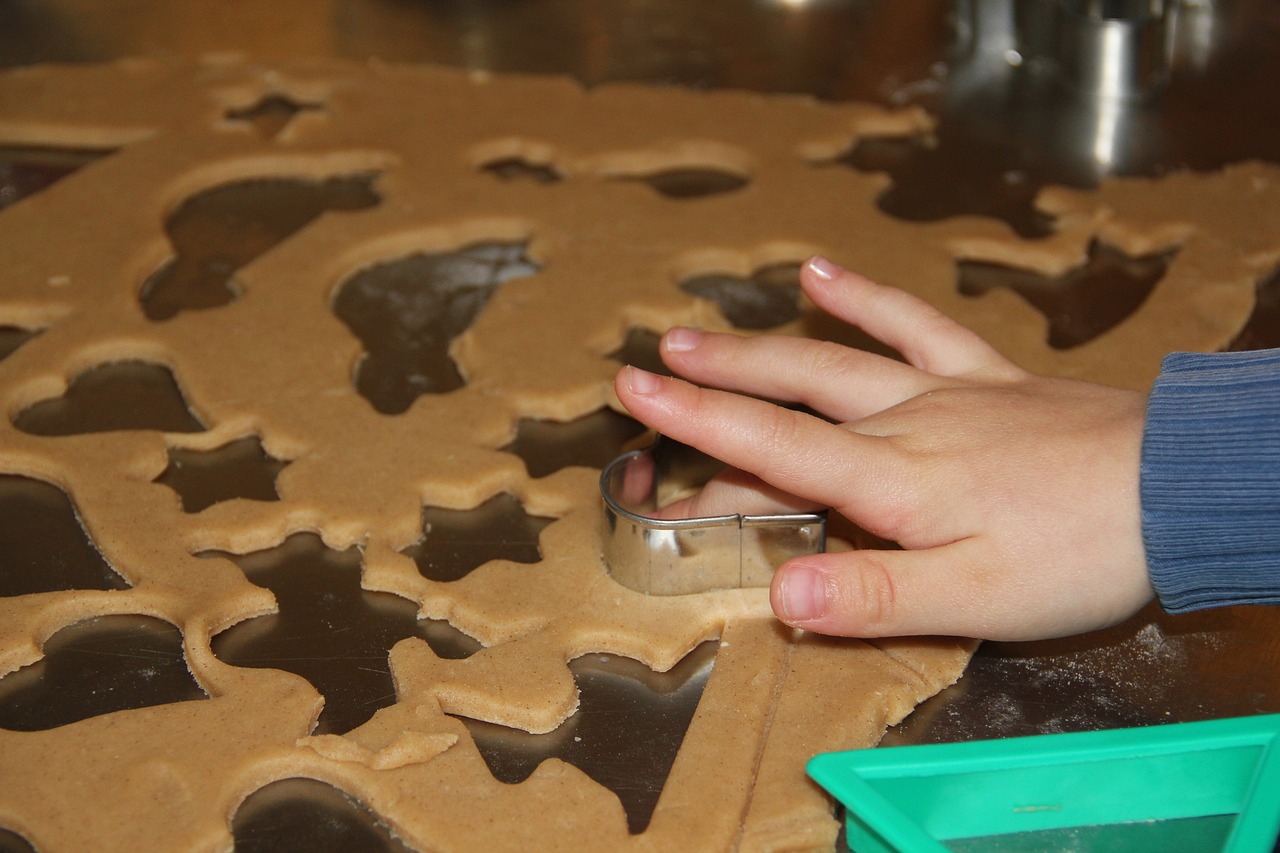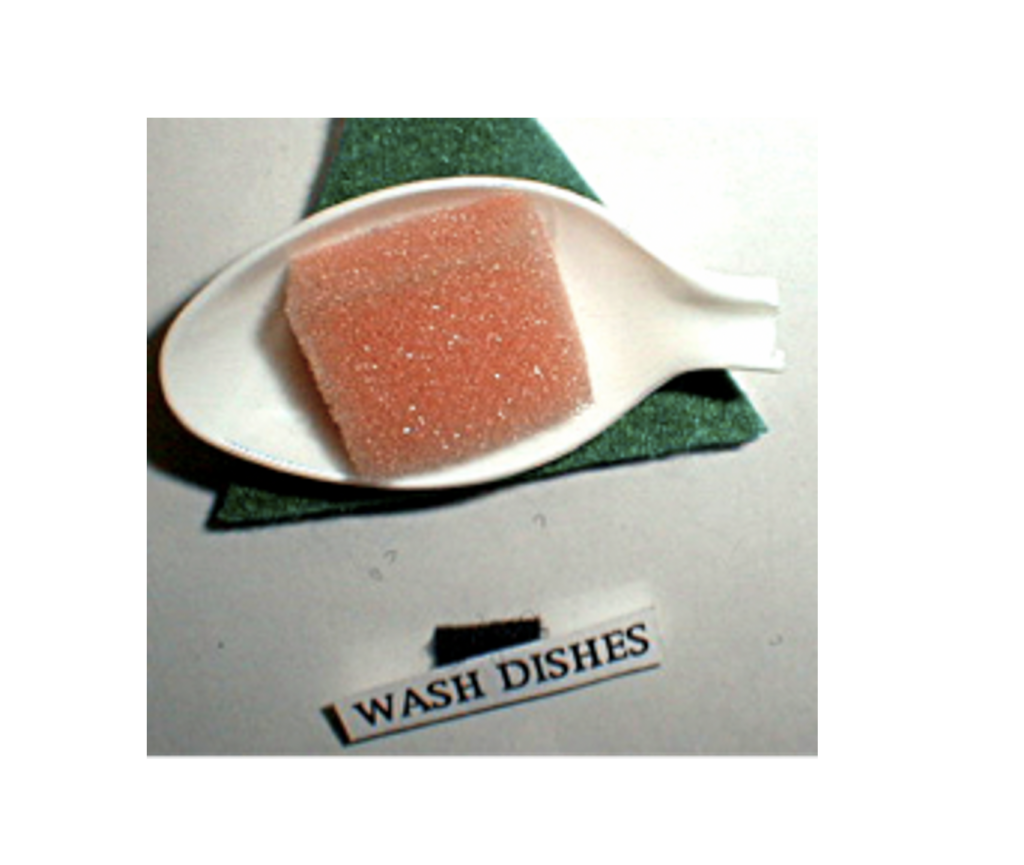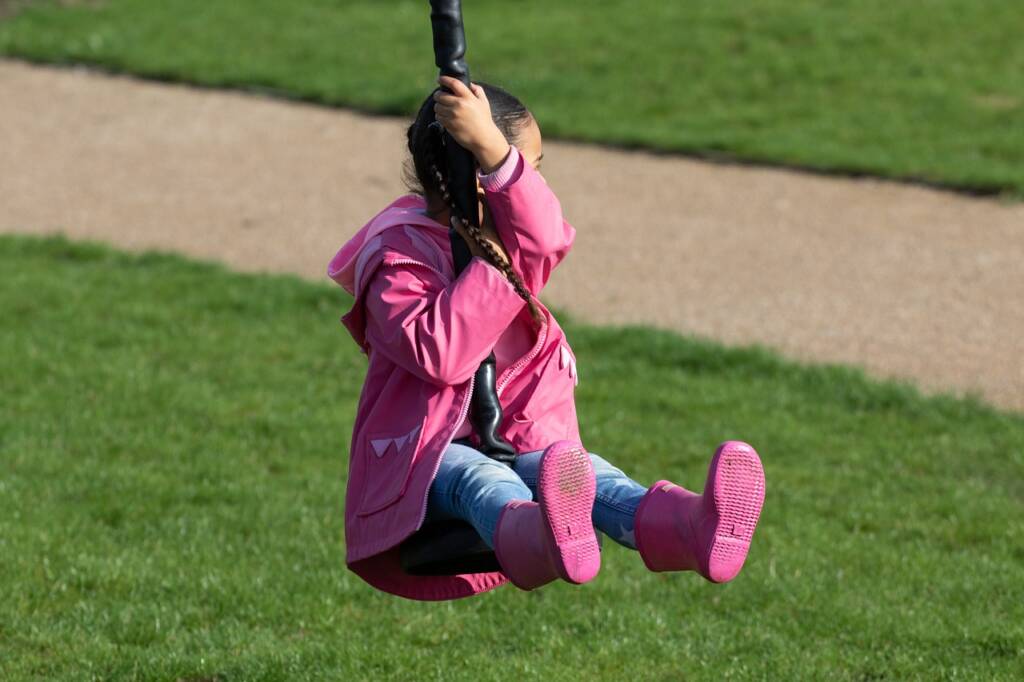By Debra Sewell and Chris Strickling
Grasp
Palmar
- squeezing toys
- squeezing playdough/clay
- taking objects out of containers
- drawing
- picking up jacks
- sanding
- using a cookie cutter
- using a hole puncher
- putting pop beads together
With thumb and fingers
- stringing beads
- holding paper for cutting
- using crayons/pencil/paintbrush
- using glue sticks for art projects
- pinching playdough/clay
- using pegboards
- building towers with blocks
- picking up jacks
- painting with paintbrush
- turning pages of a book
- picking up small beads/objects with tweezers (may be too visual)
- paper weaving
- putting shapes into a shape sorter
- sorting paper clips, red hots, goldfish crackers
- buttoning, zipping and snapping – on own body
Pincer
- popping bubble wrap
- picking up small objects
- tying bows
- using pushpins
- sewing cards
- stringing beads
- putting pegs in pegboards
- using geoboards
- putting clothespins on edges of cans or jars
- using an eyedropper
- turning knobs on a wind-up toy
- putting coins through a small slot
Release
- giving an object on request
- stacking activities – cans, blocks, nesting cups
- sorting activities
- placing objects in containers
- the release that is necessary to complete the activities in the “grasp” section
Rotary Motion
(takes place from wrist with stable arm)
- assembling nuts and bolts
- using twist ties
- turning volume knobs on radio & TV
- manipulating lids on and off of jars/tubes
- mixing food in bowl
- turning knobs on water fountains or sinks
- using wind-up toys, busy boxes, music boxes
- turning doorknobs
- scooping sand, gravel, dried beans
- finger painting
- finding objects hidden in sand, dried beans
- unwrapping individually wrapped candy
- pouring from one container to another
Finger Isolation
- making fingerprints in playdough/clay
- pushing buttons on tape recorder
- pushing buttons on blender and other appliances
- playing musical instruments
- turn dial on toy phone
- pushing push-pins into cork
- tracing around stencils with fingertip
Bilateral Hand Use
(almost all of these activities involve stabilizing with one hand and manipulating with the other hand, which is hard for VI kids)
- stringing beads
- pulling tape off roll
- tearing paper
- twisting lids on and off
- cutting paper
- using a hole puncher
- sanding
- using a ruler to make lines
- holding container with one hand/placing object in with other
- stabilizing toy with one hand/using other to play with toy
- pushing together and pulling apart pop-beads
- finger painting
- rolling “snakes” and “balls” with playdough/clay
- attaching paper clips to paper
- tracing around an object/stencil
- holding paper with one hand and stapling with other
- stabilizing bowl while stirring
Hand And Finger Strength
- crumpling paper
- placing clothespins on edges of cans or jars
- stretching rubber bands
- manipulating playdough
- squeezing glue bottles
- using stapler held in hand
- using stapler by pushing
- using rolling pin
- using a hole puncher
- hammering
- pushing together and pulling apart pop-beads
- pushing together and pulling apart bristle blocks
- squeezing nerf balls
- sponge painting
Proper Finger Position
- each finger has a “job” – lead finger, detective fingers
- curve fingers over the edge of pencil or ruler
Light Touch
- work on whole body relaxation – if your body is tense, your fingers will be unable to touch lightly
- place checkers inside the squares of braille graph paper and have the student move his fingers across them so lightly that he does not move them outside the squares
- place cotton balls beneath the childs fingers and have him move them across the page
- learn to “tickle” the dots
Tracking
- tracking across lines of yarn, popsicle sticks, etc.
- tracking across pipe cleaners/straws glued to paper
- Mangold Developmental Program of Tactile Perception and Braille Letter Recognition (first eight lessons)
- tracking from left to right across like symbols which follow closely without a space
- tracking from left to right across unlike symbols which follow closely without a space
- tracking from left to right across like symbols which have one or two spaces between them
- tracking from left to right across unlike symbols which have one or two spaces between them
- tracking from top to bottom over like symbols with follow closely without a space
- tracking from top to bottom over unlike symbols which follow closely without a space
- tracking from top to bottom over like symbols which have one blank space between them
- tracking from top to bottom over unlike symbols which have one blank space between them
See also the Early Learning Tactile Profile from TSBVI.
This article was originally published in 2004 by Texas School for the Blind and Visually Impaired (TSBVI) and is reprinted here with permission.





